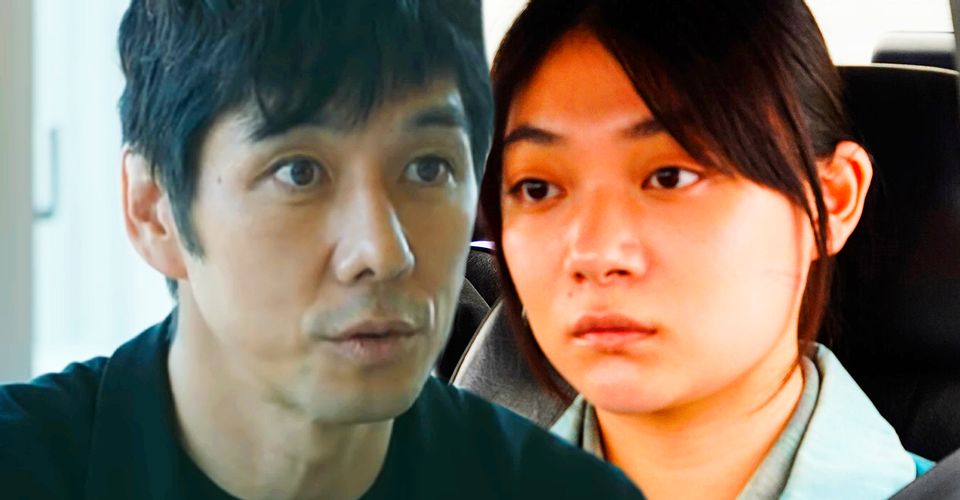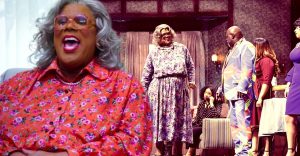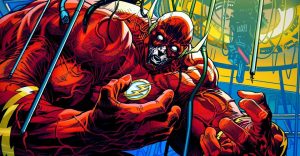Drive My Car’s Biggest Short Story Differences Explained

Warning: Contains spoilers for Drive My Car.
Here are the biggest differences between Ryusuke Hamaguchi’s Drive My Car and the Haruki Murakami short story it adapts. Being only thirty-eight pages long, Murakami’s original story doesn’t offer a lot of material for a movie on its own, especially a three-hour-long movie like Hamaguchi’s Drive My Car. As such, there’s a lot of content in the movie that wasn’t in the short story, but it still comes together to make a story that keeps to Murakami’s style.
HBO Max’s Drive My Caris an adaptation of the Haruki Murakami short story of the same name, which was part of a larger collection called Men Without Women. Both versions of the story are centered around Kafuku, a theater actor who was widowed two years prior before he had the chance to confront his wife about her multiple affairs. At the time of the story, Kafuku is involved with the production of an adaptation of Uncle Vanya, and during that time, he is assigned a chauffeur named Misaki, and it’s through bonding with her that he’s able to reflect on his past and try to move forward with his life.
The basic framework of each version of Drive My Car is the same, but the Academy Award-nominated film still ends up with a lot of differences from the short story. The original short story is focused largely on Kafuku and Misaki, and while that’s a major part of the movie, the movie expands on a lot of the elements of the original plot to create a much larger story. The first forty minutes, for example, are devoted to Kafuku’s relationship with his wife, Oto, and showing Kafuku struggle with her affairs up until her death, none of which was shown in the original short story. Not only that, but while the Uncle Vanya play was largely a footnote in the original story, in the movie, it’s central to the plot, as many of the characters, both old and new, have their arcs happen from being involved with the play.

The HBO Max movie also has a stronger theme of dealing with your past that comes out through Misaki and Takatsuki, one of Oto’s lovers. Takatsuki was only in a flashback in the original short story, but the movie makes him a major character with an arc about his impulsiveness that ends on a tragic note of him accidentally beating someone to death. Additionally, with Takatsuki being more important in the movie, it also adds more to his friendship with Kafuku, especially when he imparts to Kafuku the importance of making an effort to understand people. Misaki, meanwhile, is given a new backstory in the Oscar-nominated Drive My Car of having an abusive mother whom she left to die in a landslide, and she both feels guilty because of it and bitter that she never got to confront her mother about how she felt about her before she died.
Both of their character arcs play right into Kafuku’s and lead to his epiphany about Oto and his life, in general. Kafuku reflects on all of that in the short story, but the movie has a stronger moment of emotional catharsis with Kafuku crying about how he wished he could have talked to her about everything, but still needs to find a way to move on. The moment is capped off by Kafuku, who had retired from acting following Oto’s death, playing the lead in Uncle Vanya to symbolize him moving on with his life.
There are also smaller, cosmetic changes spread out across the Academy Award-nominated movie. For example, Kafuku is assigned a chauffeur for insurance reasons in the movie as opposed to his DUI in the short story, and Oto tells Kafuku and Takatsuki a story about a girl with an obsessive love for a boy, which was actually lifted from another story in Men Without Women, “Scheherazade”. All in all, the various changes Drive My Car makes to the source material create a unique story that’s able to keep true to Murakami’s stylings while also expanding on them to great effect.
















